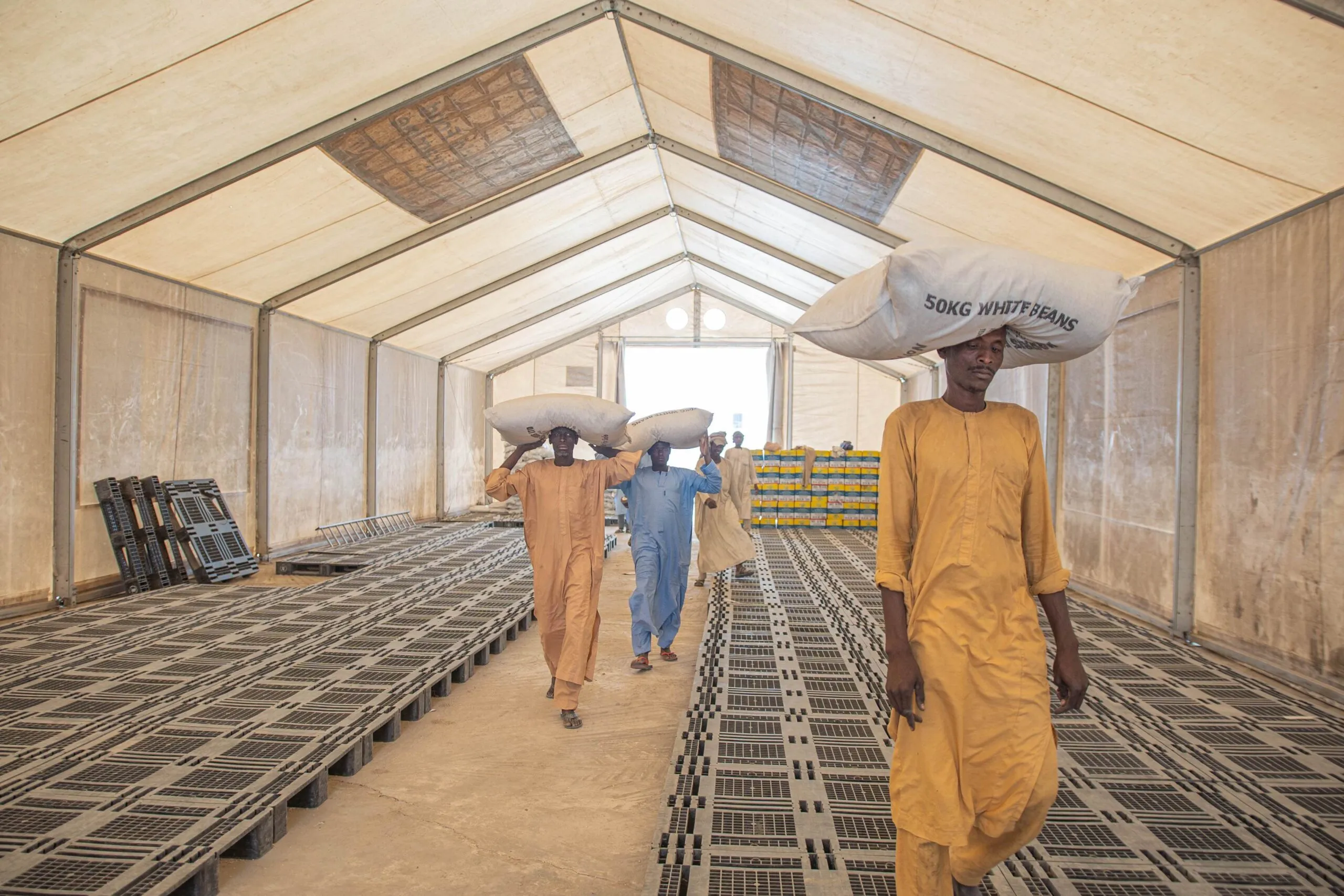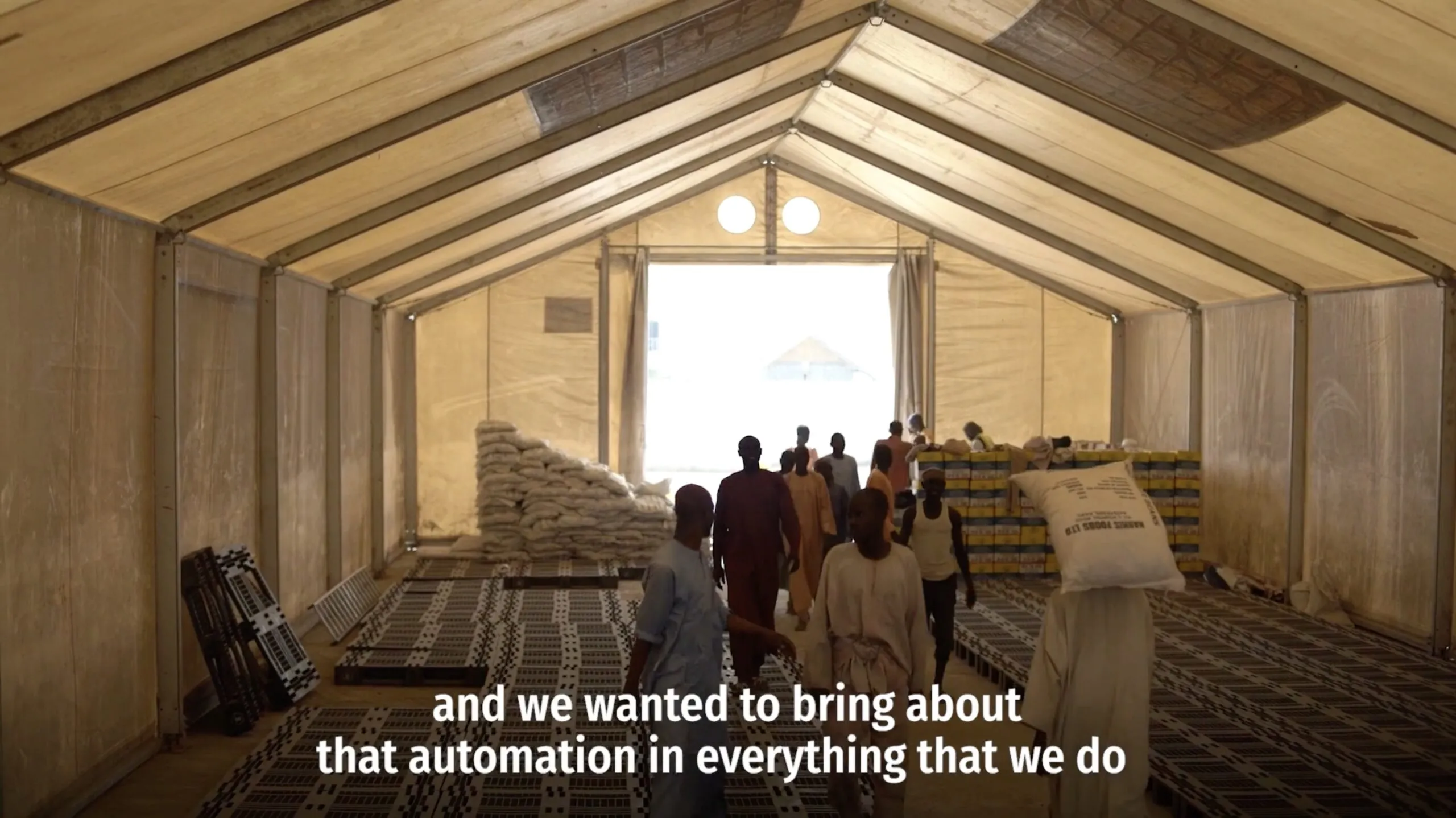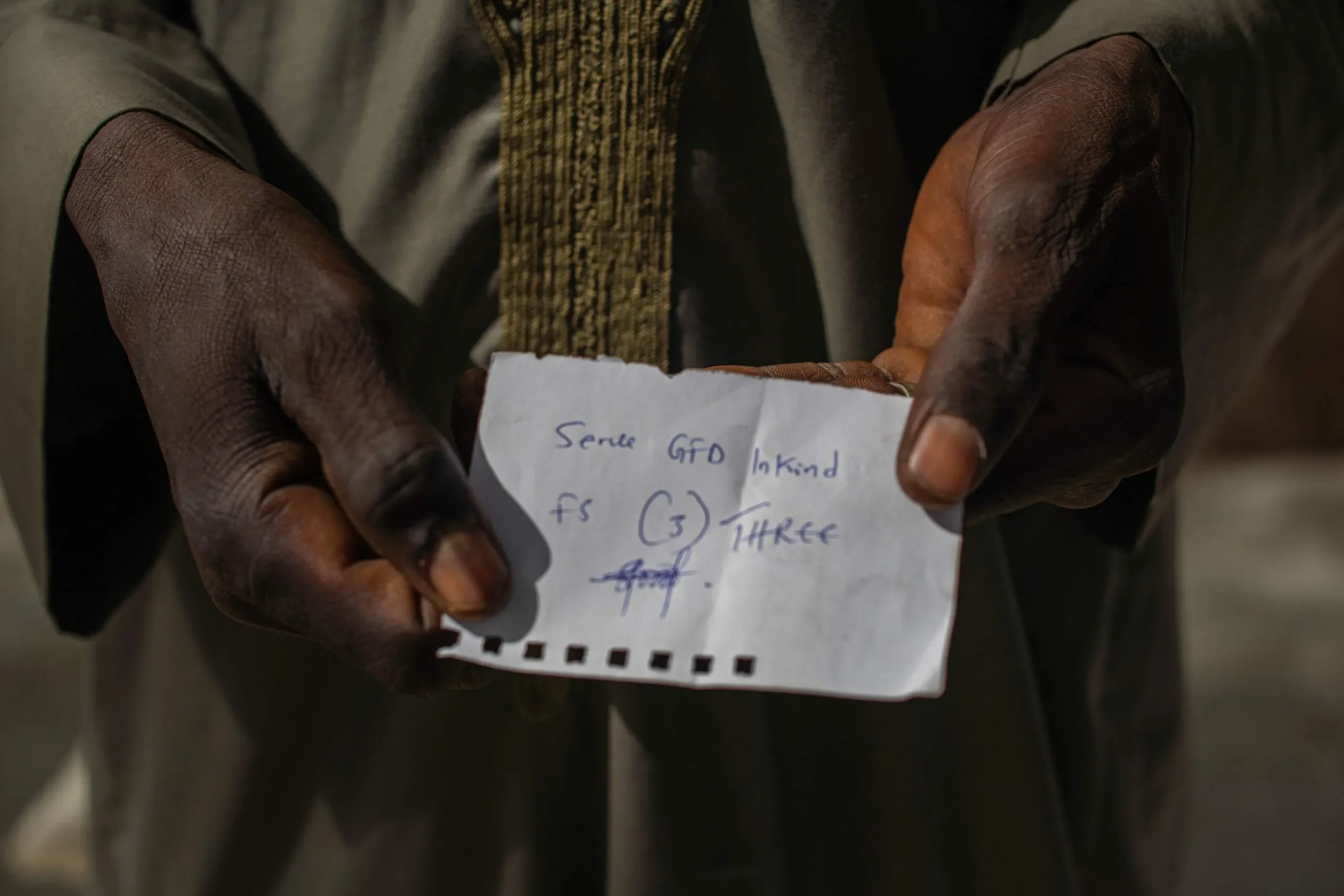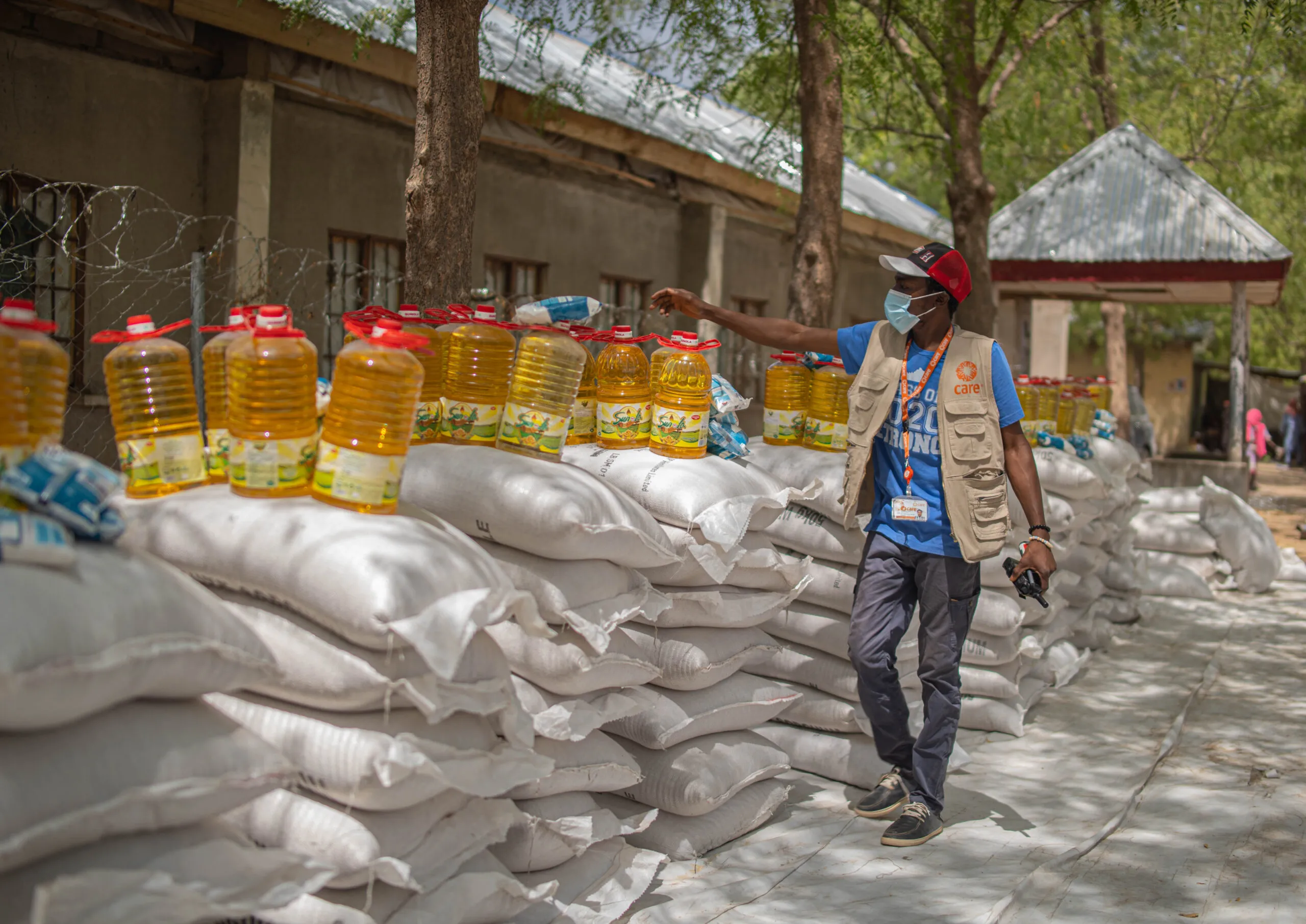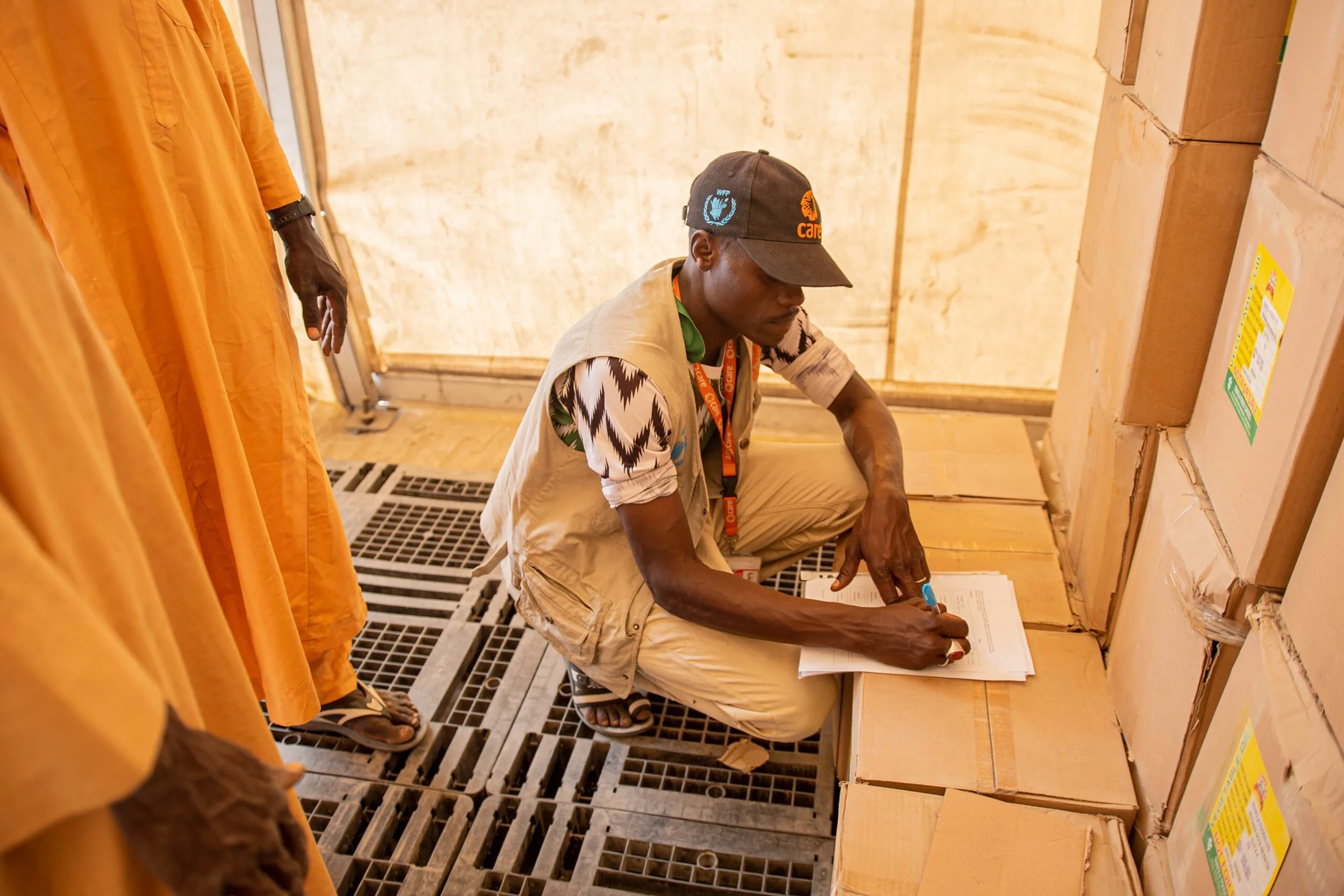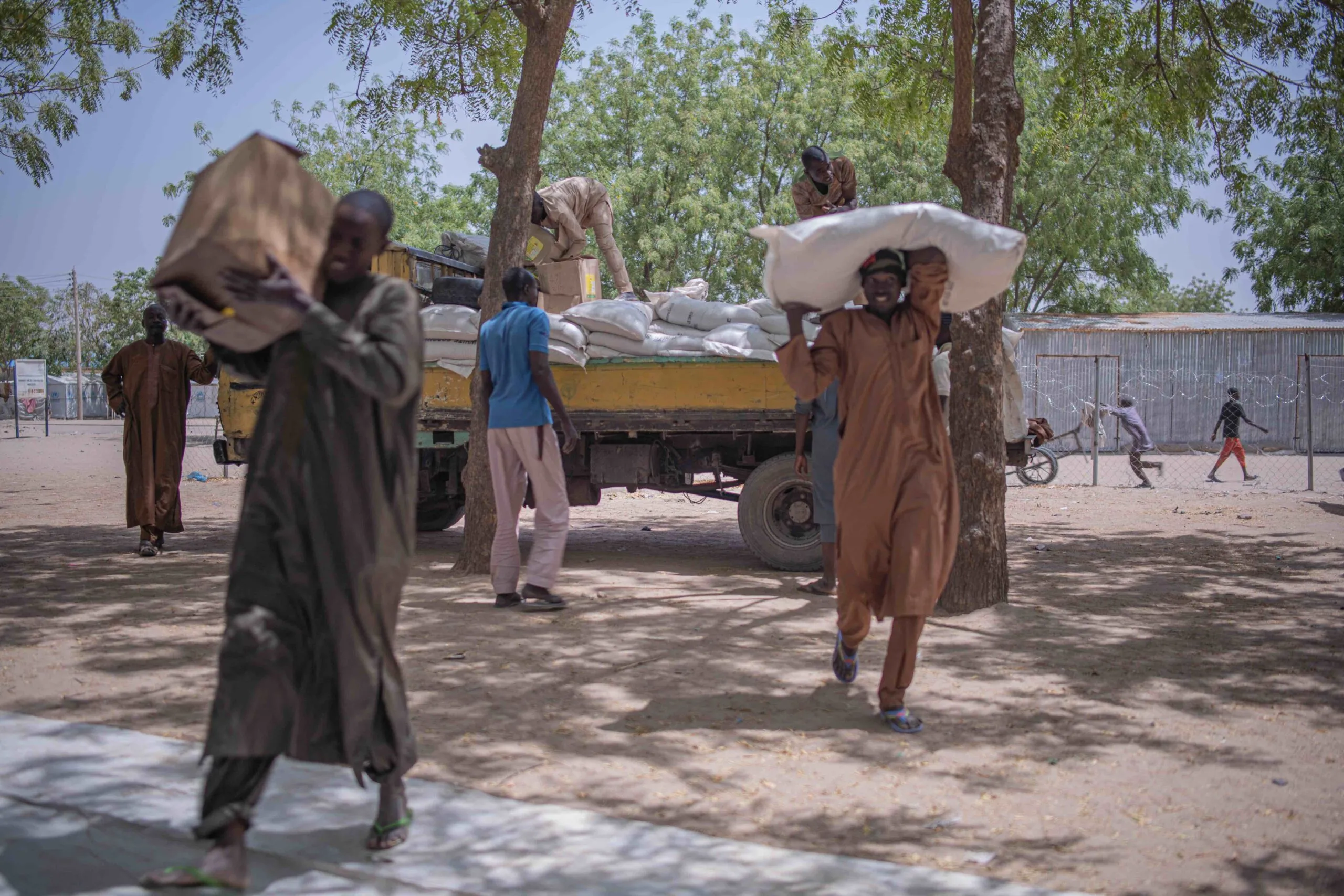Real-time knowledge
Why is software superior to paper? Consider that every item entering the country – or purchased within the country – must be entered into inventory, stored in a warehouse, then delivered efficiently when an emergency hits. Consider, also, that managers need to know real-time inventory levels to know when to request more supplies. All of that is difficult and time-consuming with a paper-based system, and in many cases, real-time knowledge may not be possible.
Once the UPS software solution is in place, inventory can be kept digitally and shared, and real-time movement of goods can be tracked.
“It’s an efficiency tool,” Keim says. “It’s an operational optimization tool.”
“What it enables the folks in the country offices to do is to know exactly what’s in the warehouse, where it’s located, if there are expiry dates when those expiry dates occur, and then how do they get those out in into the field when an inevitable disaster occurs?”
Halfway through its third decade, the CARE/UPS partnership has been a fruitful one, and one both organizations hope will continue to pay dividends to country offices and, by extension, to program participants. “It’s important that we use the technologies that are out there, and advancing, to really make it a better world to live in,” Keim adds.

